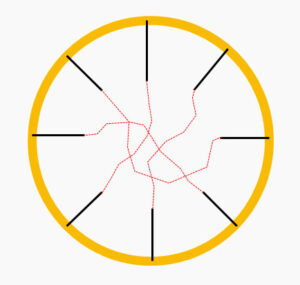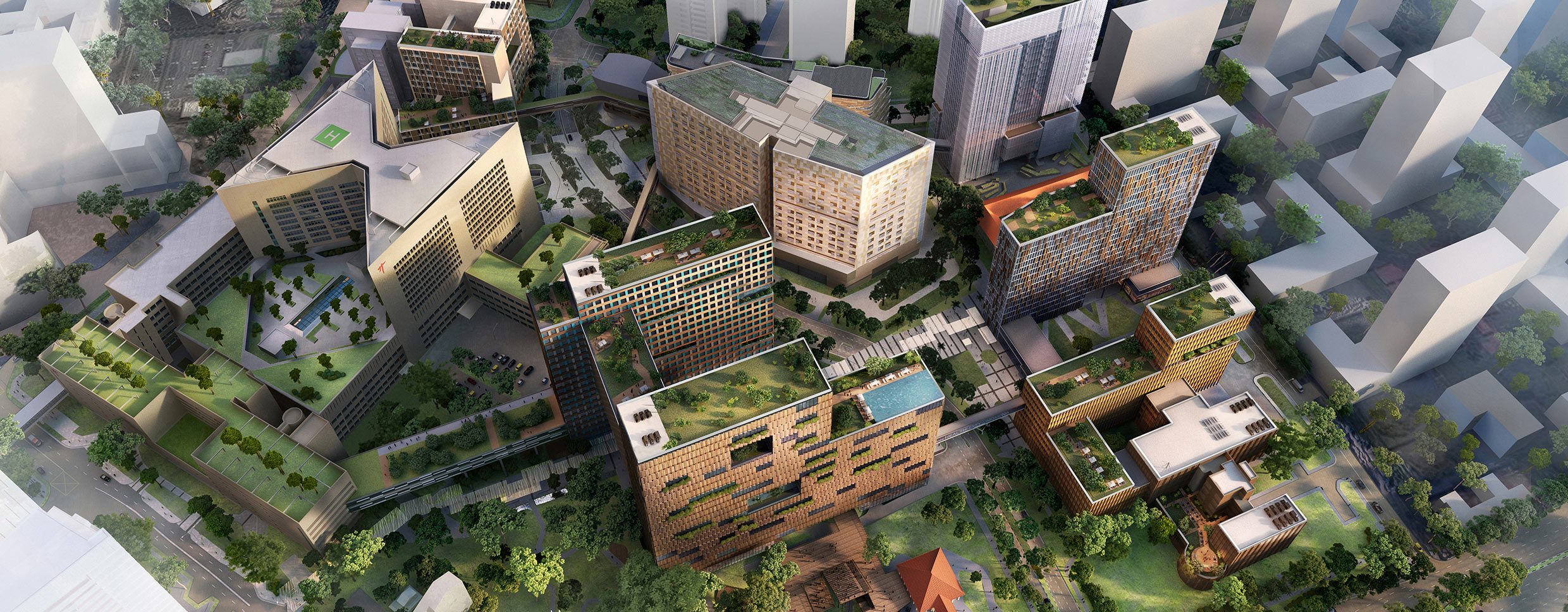
New tools to solve new problems
The explosion in knowledge sharing has had a profound impact on our lives. At the click of a mouse or swipe of a touchscreen, we can now access the information we need and find answers to virtually any questions we ask.
In the old-world view, technology was an outcome of engineering. Today, we are riding the reverse wave, with technology now very much a tool assisting our engineering processes. It enhances our creative process and helps to maximise all relevant resources as we solve problems. Where technology was once an operational requirement, it is now the clear strategic differentiator. In the built environment, applications like Virtual Design and Construction (VDC) are increasing our visibility and communication clarity.
New tools to solve new problems
The explosion in knowledge sharing has had a profound impact on our lives. At the click of a mouse or swipe of a touchscreen, we can now access the information we need and find answers to virtually any questions we ask.
In the old-world view, technology was an outcome of engineering. Today, we are riding the reverse wave, with technology now very much a tool assisting our engineering processes. It enhances our creative process and helps to maximise all relevant resources as we solve problems. Where technology was once an operational requirement, it is now the clear strategic differentiator. In the built environment, applications like Virtual Design and Construction (VDC) are increasing our visibility and communication clarity.

Virtual Design & Construction (VDC)
The economy in which we work is influenced by the global marketplace for engineering services; we see a growing demand for interdisciplinary and system-based approaches and an increasingly diverse talent pool.
But critically, the steady integration of technology into our infrastructure and lives also demands that engineers develop safe mechanisms and appropriate strategies to protect the public from the risks that this disruption brings.
Understanding the problems; communicating new solution
Predicting the future with precision is not possible. However, scenario-based strategic planning can help us understand these risks and future possibilities. It can assist our thinking about the future of engineering. Within the realms of our intellectual capacity, we must be continuously challenged to anticipate future needs, find resilient propositions and build on ideas that are cost effective. And at critical junctures, it will require paradigm shift in our thinking to challenge the establishment.


Paradism Shift Towards Decluttering Approach
This will require team players with effective communication skills and an understanding of the complex issues of a global market and the social context in which we operate. They must be able to articulate the value proposition of engineering and infrastructure investment to both a technical and public audiences.
Ideas need to be practical and pragmatic, and engineers must remain open, flexible, receptive to change and respectful. And with technology increasingly providing engineers with a common pool of tools, the future differentiators will be the quality of articulation and rigour of the thought – put into finding and delivering cost effective, resilient and practical engineering designs.
In tandem with society – delivering experience and integrity
Regardless of technology, it will be experience and innovation, plus the ability to cross- fertilise ideas, that will enable the engineering community to add value through its services.
Such innovation is likely be through application of approaches from different sectors. The context of a great design is no longer viewed from the angle of aesthetics, but more often, from holistic qualities. These might include fitness for purpose, safe design, energy efficiency, flexibility of future reuse or the way that infrastructure compliments its surroundings over the long term.
Integrity must continue to underpin the core principles of our engineering work. We must be constantly reminded of the relentless duty that we owe to the public at large and to be honest in our day-to-day delivery of work. While we engage in ever bolder design solutions that push at the boundaries of engineering possibility, we must always be guided by first principles of safety.

This approach will preserve the quality of our work in this complex environment. In our day-to-day operations, we are habitually guided by the essential scrutiny that cautions us on the probability of error against the possibility of success. This helps to cultivate an honest, down to earth approach, coupled with the ability to graciously admit what we could have done better.
Even more so when we increase our carbon footprint on Mother Earth, we must work hard to ensure that sustainability becomes an important driver. Incorporating life-cycle thinking in all engineering design will become the norm; solutions today will need to be taken into account and adapt to the inevitable improvements, and innovation brought about by future technologies.
Some believe that the emerging digitally enabled era will eventually eliminate the profession of Engineers. I disagree that this will be the case.
We have seen, for example, how IKEA has changed the furniture industry, raising questions on whether the same will happen on a larger scale across the built environment; will the digitally print and flat package be the eventual outcome of our built environment? It doesn’t sound too remote and the future possibilities of technology are endless.
And if that is the case, it is even more vital that the engineer’s brain remains focused on solving society’s fundamental problems, fully integrating core knowledge and skills from across the various disciplines.
Future engineering challenges; future engineering opportunities
The opportunities, for the future of engineering – and challenges – are likely to be even greater. As the economic competitiveness, military strength and standard of living of a nation are closely linked to its engineering ability, we will continue to play a pivotal role in this collaborative effort, solving societal problems long into the future.
However, engineers will have to embrace a major leadership role in this technological society. This will see us shape, plan, generate and integrate new and possibly revolutionary solutions and ideas to meet growing challenges in our society.
We are all participants in a dynamically changing and evolving interconnected world, guided by the hands of social, cultural, political, and economic forces. So, as we continue to design endless exciting future possibilities, we must remember to reflect upon the fundamentals of professionalism.
As Abraham Lincoln once said, “Give me six hours to chop down a tree and I will spend the first four sharpening the axe. Astute advice indeed as the global race of change continues to accelerate. This is no moment for engineers to rest.
Related
insights
 Communities of Tomorrow
Communities of Tomorrow
There are many people around the world working in emerging spaces and utilising new technologies trying to figure out what’s next.
 Engineering without borders
Engineering without borders
“I chose hydro and dam engineering as a career because it offered me the opportunity to be involved in projects which, I believe, make a long-lasting contribution to a society’s development, particularly in developing countries.”






